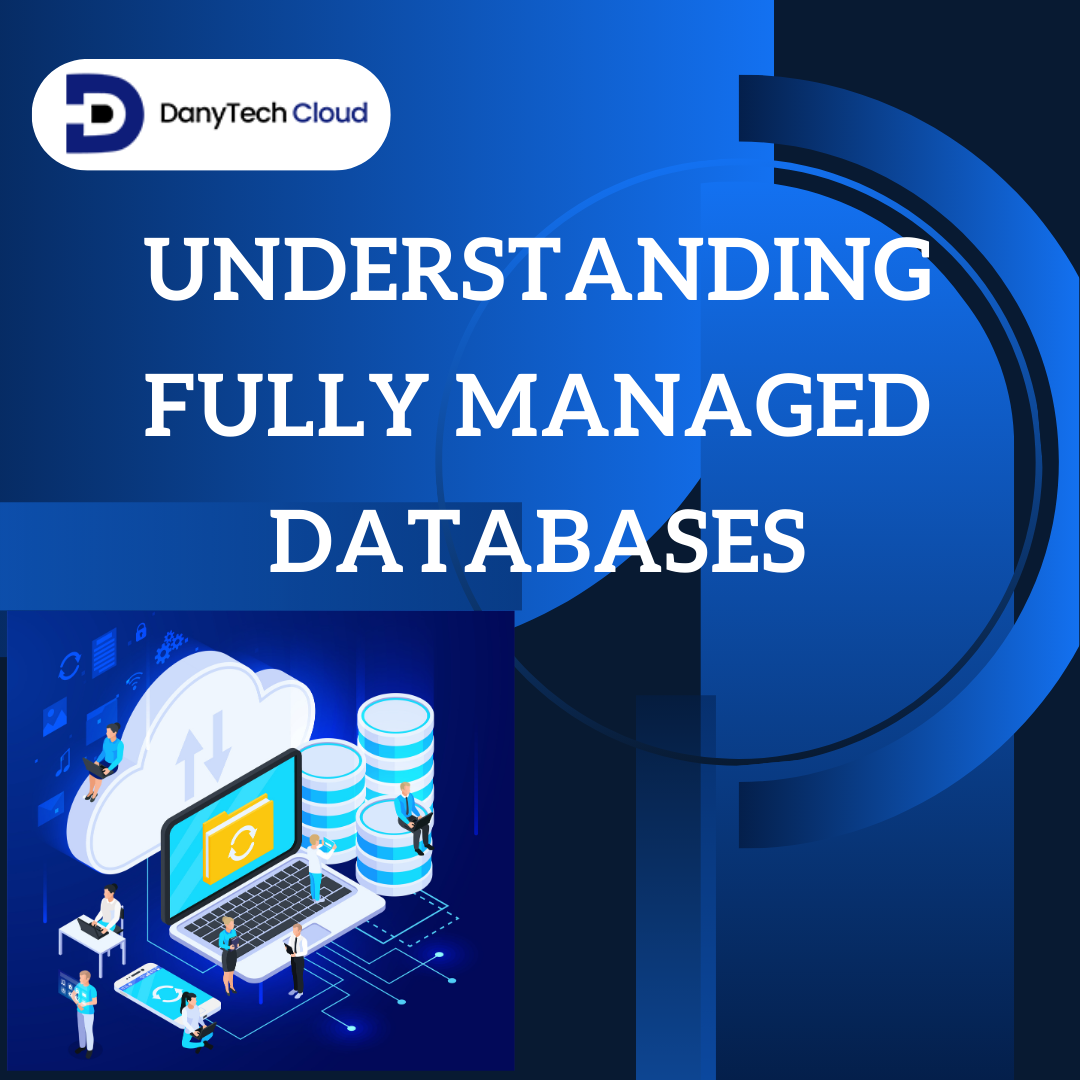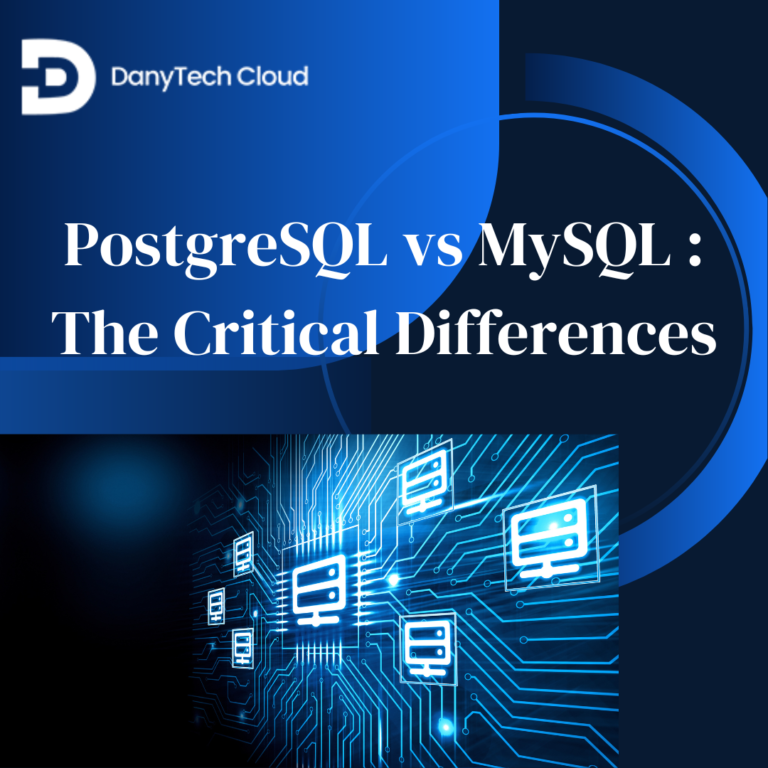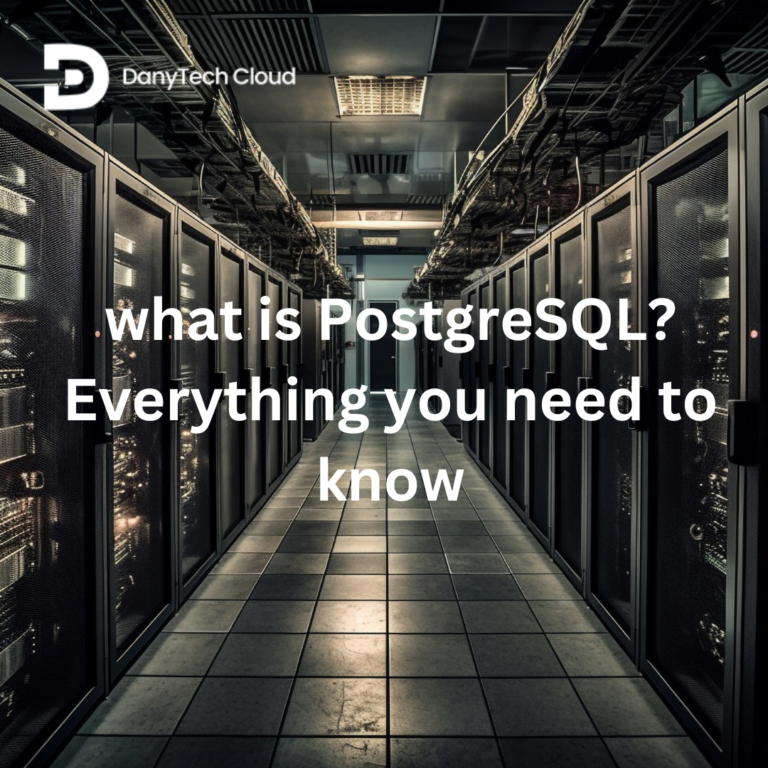Navigating the landscape of database management has historically posed challenges for organizations, especially in the pre-cloud era. The advent of managed databases emerged as a transformative solution to alleviate the complexities associated with on-premises and self-managed databases. From streamlined maintenance and enhanced security to high availability and operational cost savings, the benefits of fully managed databases are vast. In this blog, we will explore the evolution of database management, highlighting the challenges faced by organizations and the subsequent benefits offered by managed databases, including the pivotal role of fully managed databases empowering organizations to prioritize innovation while expertly handling database intricacies. Stay with us till the end of this blog to find out!
What Is a Managed Database?
The term “managed database” refers to a sophisticated database system encompassing storage, data handling, and computational capabilities. This system is overseen and serviced by an external third-party provider, relieving the organization’s IT staff of the responsibility for its maintenance and management.
Challenges Associated with On-Premises and Self-Managed Databases
Before the advent of the cloud computing model, organizations seeking a data center had to handle all aspects of setup, from time and space allocation to resource provisioning. Once the database was operational, ongoing responsibilities included hardware maintenance, software updates, hiring a dedicated team for database management, and training employees on usage.
The rise of cloud computing services in the 2000s revolutionized server infrastructure provisioning, eliminating the need for users to own or manage hardware and associated space. Setting up a cloud-based database became more streamlined, requiring users to request a server, install their chosen DBMS (database management system), and commence data storage.
Despite the simplification brought by cloud computing, certain challenges persisted. Determining the ideal size of a database’s infrastructure footprint in the cloud before data collection remained a hurdle, impacting costs as cloud consumers are billed based on resource consumption. Additionally, managing a database in the cloud could still be costly, necessitating the hiring of experienced administrators or substantial investment in training existing staff.
These challenges were particularly pronounced for smaller organizations and independent developers with limited resources. While larger businesses could afford specialized database knowledge, smaller teams often relied on existing institutional knowledge, making tasks like replication, migrations, and backups more complex and time-consuming.
Managed databases emerged as a solution, addressing these pain points with numerous benefits for businesses and developers. Exploring these advantages provides insights into how they positively impact development teams.
Benefits of a Managed Database
In the realm of self-managed databases, your organization bears the onus of overseeing both the operating system and the database itself, demanding internal expertise spanning end-to-end security and scalability. While self-management grants a measure of control, it can entail drawbacks such as escalating costs over time and the necessity to allocate resources to tasks like schema design, patch management, security protocols, and access control—diverting attention from innovation and product development.
Conversely, a hosted database shifts the burden of administration, management, and maintenance to a dedicated service provider. This entails the provider taking charge of setup, security, scaling, and day-to-day operations. Consequently, your organization’s IT staff and developers can redirect their focus to delivering more business value through novel application development and innovative initiatives. The responsibilities of maintenance and support are seamlessly shouldered by the managed database service provider.
A managed database offers the following advantages:
Streamlined Maintenance and Administration
A self-driving database seamlessly transfers maintenance and support responsibilities to the service provider. This translates to a substantial reduction in troubleshooting efforts for your IT staff, allowing them to redirect their time toward enhancing value in product design and application development.
Enhanced Security Measures
Safeguarding a database is an intricate endeavor, evident in the frequent occurrence of damaging breaches. Robust managed database service providers adopt a comprehensive, end-to-end security approach. Their onsite cybersecurity experts are adept at establishing, managing, and overseeing critical aspects such as:
- Access control systems
- Application security
- Continuous threat monitoring
- Ongoing validation
- Data redundancy
- Encryption for data in transit and at rest
- Protection against mass file deletion
- Network security
- Monitoring of suspicious logins and activities
High Availability
A DBMS tailored for applications demanding reliable availability finds an ideal solution in a well-managed database, particularly in the cloud. Superior availability is achieved through architecture and the right set of tools. It’s crucial to select a provider diligently, as a poorly managed cloud database may fall short in availability compared to an on-premises database.
Operational Cost Savings
The financial burden of securing, maintaining, and supporting infrastructure becomes the responsibility of the cloud service provider overseeing the DBMS. Concerns such as data center upgrades, additions, and the need for specialized personnel to manage new infrastructure cease to be budgetary issues. With a managed database service, the recurring cost is streamlined into a monthly subscription with the chosen service provider.
Here Is Why You Need a Managed Database
We have shortlisted some of the reasons why it is best to invest in a managed database:
Simplify IT Complexity
A managed database streamlines IT infrastructure by consolidating it onto a single platform overseen by a third-party provider. This approach efficiently addresses both current and future requirements, encompassing scalability, availability, and diverse workloads.
Enhance Agility
Managed databases empower organizational agility, enabling swift responses to evolving conditions. This encompasses the capability to automatically scale up in response to demand spikes and scale down as required.
Foster a Developer-Friendly Environment
Initiating digital transformation involves innovation and the creation of new applications. Choosing a provider offering fully managed database services with automation streamlines processes, alleviating developers from time-consuming manual tasks. This enables organizations to expedite product launches by allowing developers to focus on their core strength—developing.
Optimize Performance
To gain a competitive edge, continuous optimal performance from the database is imperative. A managed database from a third-party provider ensures automatic optimization and tuning of availability, reliability, and scalability. This optimization can occur instantly, a notable advantage, particularly in fully managed databases with autonomous services. However, caution is advised, and scrutiny of providers’ claims, considering the fine print, is essential.
Achieve Cost Efficiency
By enabling the IT department to deliver databases that seamlessly scale and provision as needed, a fully managed database contributes to cost savings. Integrating autonomous services enhances cost optimization, ensuring organizations pay solely for the required portion of peak workload scalability, and aligning expenses precisely with real demand.
Fully Managed Versus Self-Managed
Opting for a fully managed database means entrusting the complete administration to the provider, a service not universally offered by all providers. Clients engaged with authentic fully managed database service providers experience a hands-free approach, devoid of the need to monitor, manage, or maintain their databases, unlike the responsibilities inherent in a self-managed data center. The service provider takes charge of all troubleshooting, security, patching, and tuning that typically necessitate manual intervention in self-managed environments.
The Bottom Line
A managed database, handled by an external provider, resolves challenges linked to on-premises and self-managed databases. The historical complexities of database maintenance, prevalent before the cloud era, have been alleviated by the advent of managed databases. They offer streamlined maintenance, enhanced security, high availability, and cost savings. Hence, investing in a managed database simplifies IT, fosters agility, and optimizes performance. The choice between fully managed and self-managed databases involves balancing hands-free administration against control. Ultimately, embracing a fully managed database empowers organizations to prioritize innovation, leaving intricate database management to expert service providers, aligning with modern database requirements.




